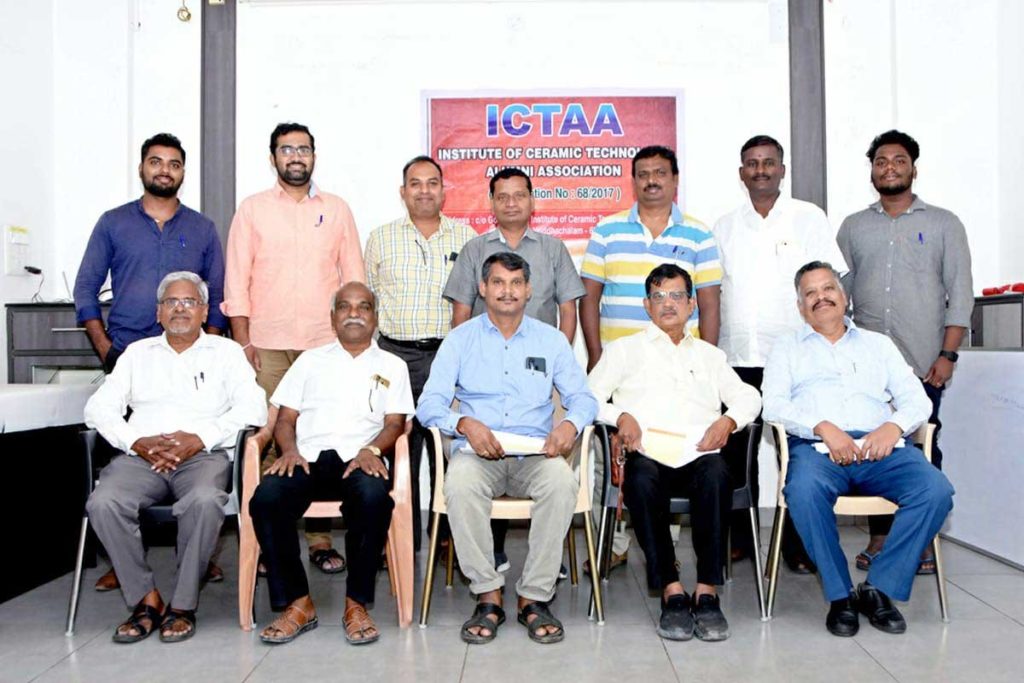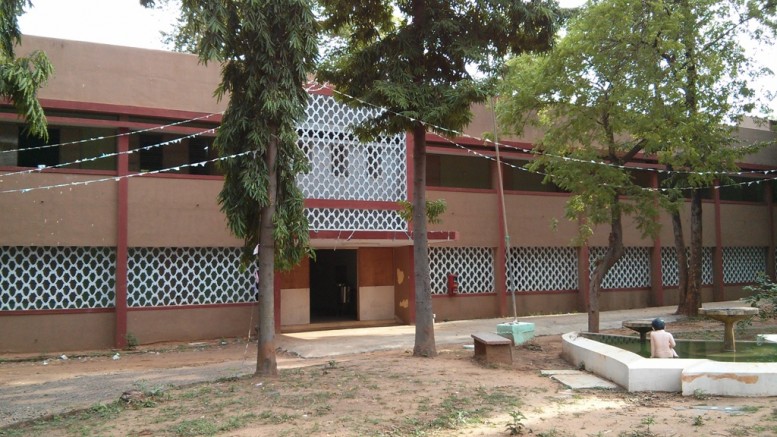ABSTRACT
The high demand for synthetic hydroxyapatite for biomedical applications is on the rise day by day at the same time, there is a pressing need for producing hydroxyapatite (HA) at an economically viable cost to make the treatment affordable to everyone. In order to meet this objective, recycling of waste to value added products and cost effective methods suitable for scaling up the process are being attempted by researchers. In this report, an attempt has been made to optimize the parameters for the synthesis of nano HA from eggshell biowaste using well explored microwave method by employing a lab scale and pilot scale microwave reactors. Several parameters such as pH, organic modifier concentration and microwave power against volume of the reaction mixture has been studied from the view point of enhancing the yield of the product. The preliminary experiments done using lab scale reactor helped the optimization of pH and EDTA concentration. From the lab scale experiments, we found that the yield was directly proportional to the microwave power. The parameters optimized in the lab scale has been carried over to the pilot scale reactor. The results from pilot scale reactor revealed that although the microwave power from pilot scale reactor is considerably higher than that of the maximum power (900 W) of the lab scale reactor there is no significant difference in the yield of the product but the microwave irradiation time has reduced considerably which is almost in proportion to the power of the reactor. Parameters optimized from these batch processes will be useful for devising new scaling up process such as continuous flow methods










